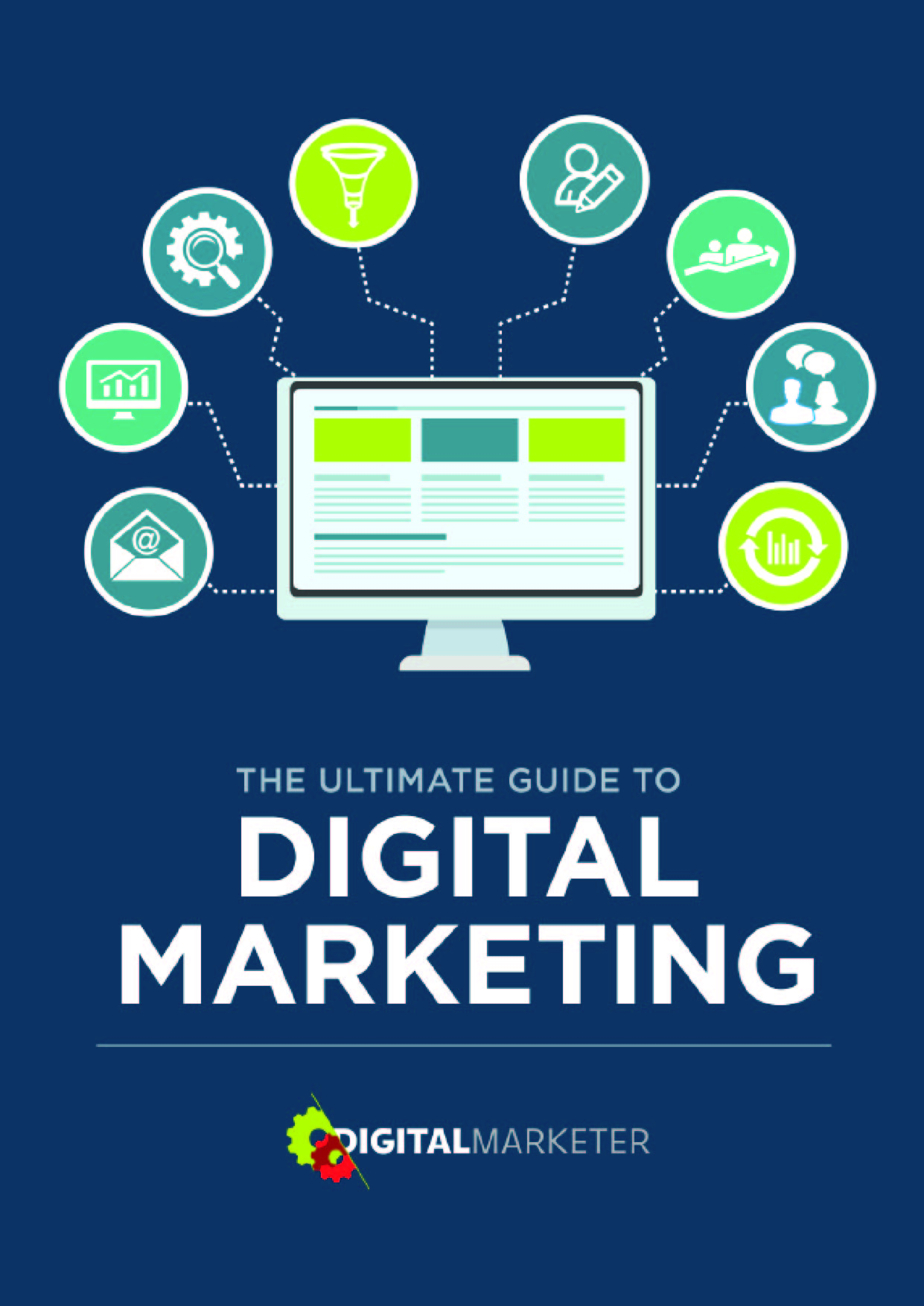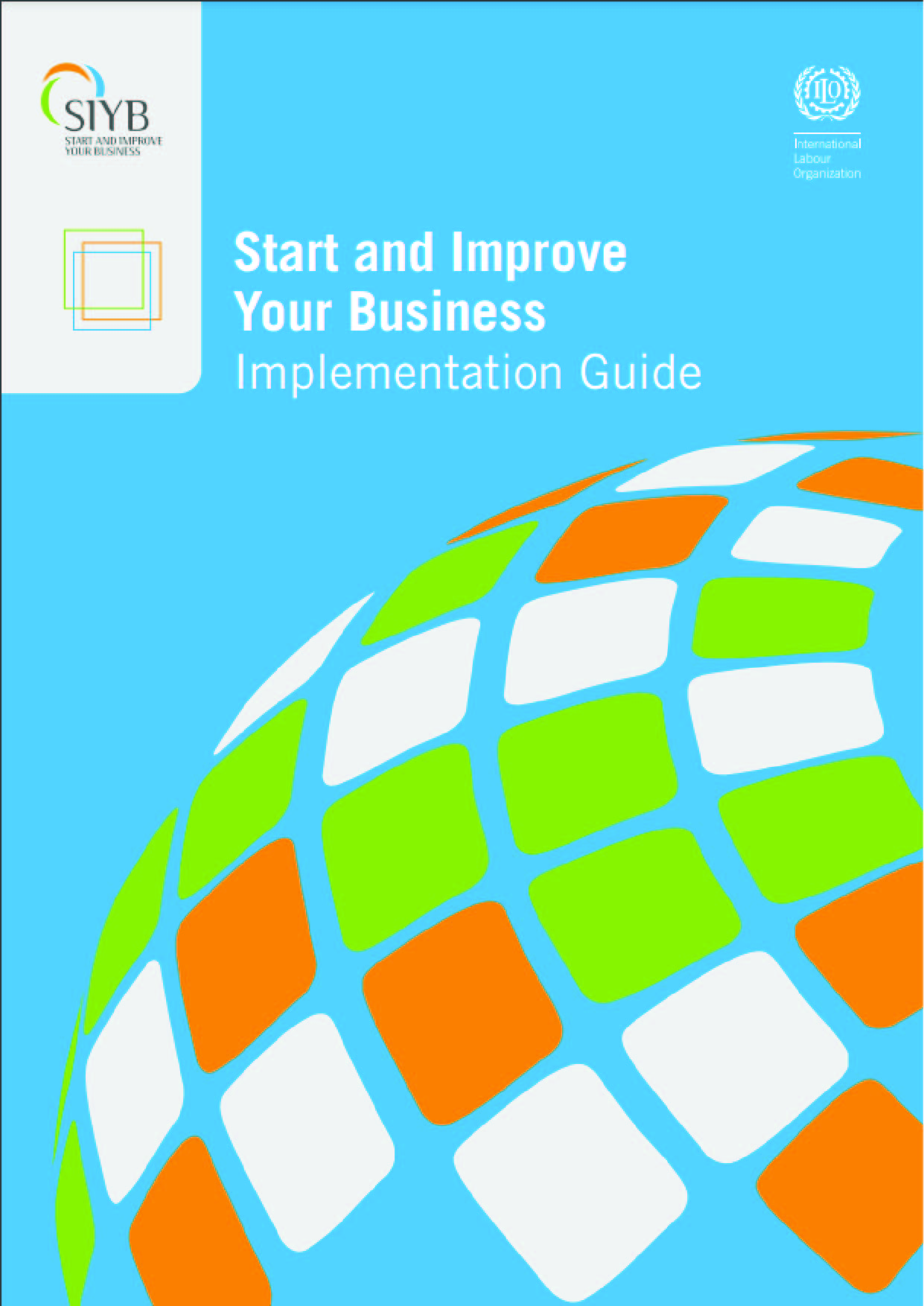Learning Objectives
- Define accounting
- Identify and describe the forms of business organizations
- Identify and explain generally accepted accounting principles (GAAP)
- Identify and explain the uses of the four financial statements.
- Analyze transactions using the accounting equation.
Introduction
Accounting is often called the language of business because it uses a unique vocabulary to communicate information to decision makers. In this chapter, we will discuss what financial accounting is and briefly introduce how financial information is communicated through financial statements. Then we will study how financial transactions are analyzed and reported on financial statements.
Accounting Defined
Accounting is the process of identifying, measuring, recording, and communicating an organization’s economic activities to users. Users need information for decision making. Internal users of accounting information work for the organization and are responsible for planning, organizing, and operating the entity. The area of accounting known as managerial accounting serves the decision-making needs of internal users. External users do not work for the organization and include investors, creditors, labour unions, and customers. Financial accountingis the area of accounting that presents financial information of interest to external users. This book deals with financial accounting.
Business Organizations
An organization is a group of individuals who come together to pursue a common set of goals and objectives. There are typically two types of organizations: business and non-business. A business organization sells products or services for profit. A nonbusiness organization, such as a charity or hospital, exists to meet various societal needs and does not have profit as a goal. All organizations record, report, and, most importantly, use accounting information for making decisions. This book focuses on business organizations. There are three common forms of business organizations—a proprietorship, a partnership, and a corporation.
Proprietorship
A proprietorship is a business owned by one person. It is not a separate legal entity, which means that the business and the owner are considered to be the same. For example, the profits of a proprietorship are reported on the owner’s personal income tax return. Proprietorship accounting is covered in a later chapter.
Partnership
A partnership is a business owned by two or more individuals. Like the proprietorship, it is not a separate legal entity. Partnership accounting is also covered in a later chapter.
Corporation
A corporation is a business owned by one or more owners. 1 The owners are known as shareholders. A shareholder owns shares of the corporation. Shares are units of ownership in a corporation. For example, if a corporation has 1,000 shares, there may be three shareholders who own 700 shares, 200 shares, and 100 shares respectively. The number of shares held by a shareholder represents how much of the corporation they own. The first shareholder who owns 700 shares owns 70% of the corporation (700/1,000 = 70%). A corporation can have different types of shares; this topic is discussed in a later chapter.











